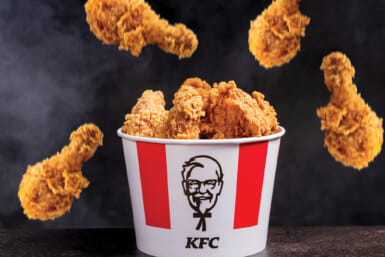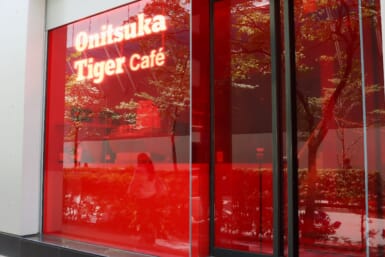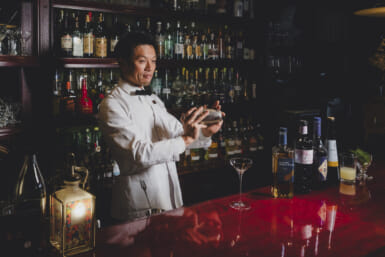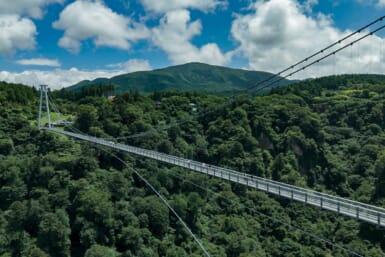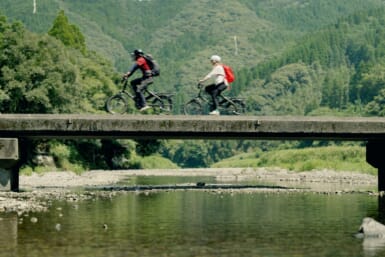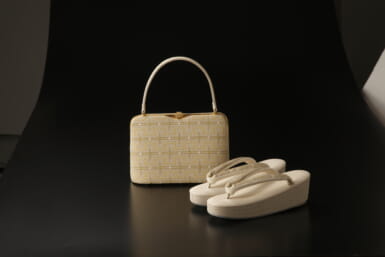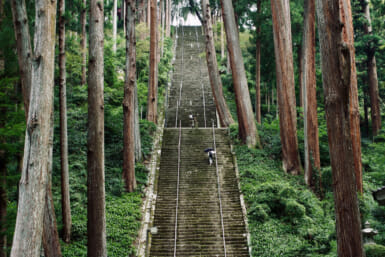Because I write this column, some people have an exaggerated opinion of my wine expertise. It’s gratifying, of course, and helps a much-damaged ego. I must confess, though, that my knowledge of wine is based merely on many years of drinking, much talking and a lot of reading about it. I’m not really a student of the subject nor am I a professional.
Some people, especially dinner guests, think otherwise, perhaps because of the wines I serve; wines I have been able to find here and there over a period of years. They have added up to a rather remarkable wine cellar, if I do say so myself.
There was the time a guest opined that I probably could identify a wine immediately upon tasting it. Though I hated to do it. I bit the bullet and admitted that most of the time I could not. In fact. I said, it was easier for me to tell the vintage than the vineyard.
That statement raised eyebrows and I was asked why. Wasn’t the difference between vineyards greater than the difference between vintages? Not at all, I told them, and explained as follows:
One usually can tell whether a wine is young or old by looking at the color, the first step in identifying the vintage. In the case of red wines, a brownish tinge below the miniscus denotes age, but not necessarily old age. The size of the miniscus itself, the white rim around the wine, indicates its lasting quality. A wide rim means it hasn’t much time left. A narrow one says the opposite.
Next, you check the color. The darker the color in the case of red wines, the younger the wine should be, comparatively speaking, for an older wine can be younger than a younger one, depending on the year. A good sun stuffs the grapes with sugar and fills up the color cells in their skin, producing the beautiful black that gladdens the eye of a wine lover. It also gives the grape the strength by increasing the skin-to-meat ratio, to last a long time.
If the color is beginning to turn brownish, you know that age is setting in; but, again, that doesn’t mean the wine is over the hill.
You sniff the bouquet. A hint of caramel says the wine is at least at the other edge of its peak and may be well down the other side. The caramel odor also indicates the wine had plenty of sugar; thus it must have been quite a good vintage.
The final lest is the tasting. If there is a good amount of sugar up front and balancing acid along the sides, you know you have a wine of a good year. So you proceed with the elimination process. You exclude the bad years and proceed to examine the good ones.
Before I give a specific example, I should point out that a similar analysis is done with white wines. If you detect some green in the color, you k now there are still some chlorophyll cells and the wine is young. As a white wine ages, it proceeds to turn brown — the browning process is called “maderization” — and so your limits are between the greenish tinge of youth and the brown of age. Then you start analyzing flavor and bouquet to find the vintage.
Now for the specific example. The other day my wife handed me a glass of red wine on my return from work to revive my tired brain and. to stimulate it, asked me to guess the vintage. I examined the color. It was black, attesting to a good sun at vintage time and some time before. There was not a bit of brown around the edge, the miniscus was almost non-existent and the hint of cedar in the bouquet suggested it was a Bordeaux, either a Pauillac or Graves, of recent vintage.
I knew the 1985s had just been bottled and would be showing the brashness of youth. This wine had an elegance which eliminated that year immediately. There was too much sugar for it to be a 1984, a rather dry year. Could it be 1983 or 1982, both very good years? No, their youth would be much more evident. As for 1981 and 1980, the sugar and balancing acid eliminated them, as well as other factors like body, tail and after-taste.
I had reached the 1970s. Was it a 1979? Could be. Maybe 1978? Hmm, that’s a strong possibility. Out was 1977. It was too acidic for this wine, although some 1977s can surprise you. 1976? 1975? Possibly the former, but not young enough for the latter. 1974? 1973? 1972? Absolutely not. Its youth, vigor, color and sugar took the witness stand against them. 1971? 1970? Too young and fresh for them.
So what about the 1960s? Not a chance, although some 1966s have maintained their youth surprisingly. Years 1969 and 1968 were dead and 1967 had already retired, but can be used in an emergency. 1966? Well, some Chateau Haul Brions had thrown me for a loss in previous tastings. No chance of 1965. Some 1964s were just as dead; others were eyeing retirement, 1963 was long in its grave, as were most of the 1962s. Too elegant and sophisticated for this wine was 1961, and 1960 had long ago seen the end of its short life. The 1950s were out of the question.
That left me with the 1970s and either 1978 or 1979 as 1977 was definitely eliminated. Not only would it be too acidic, but it also wouldn’t have the freshness of this wine. I considered it some more and settled on 1978. The glorious sun that shone on the Bordeaux vineyards from September and through the vintage made that year the obvious choice. It had to be a 1978.
I told me wife my conclusion; and she showed me the bottle. It was a Chateau Beycheville, 1977. Well, I was just a year off. But, as they say in wine circles, a year is as good as a decade. So I had problems with determining the vintage. Well, you should see the problems I have when comes to guessing the vineyard. And that is the reason that experts like Michael Broadbent, Harry Waugh and others dread it when, at a dinner party, a glass of wine is thrust into their hands by a smiling host with the words. “Guess what this is.”

